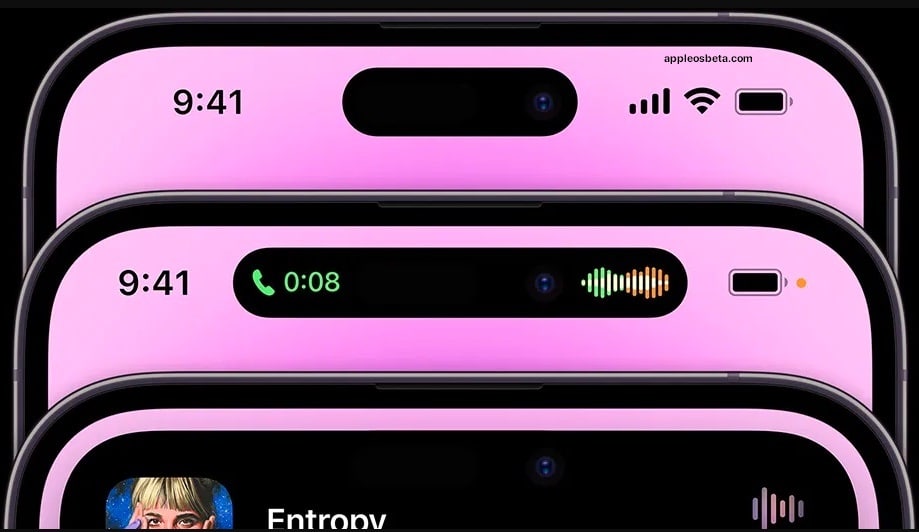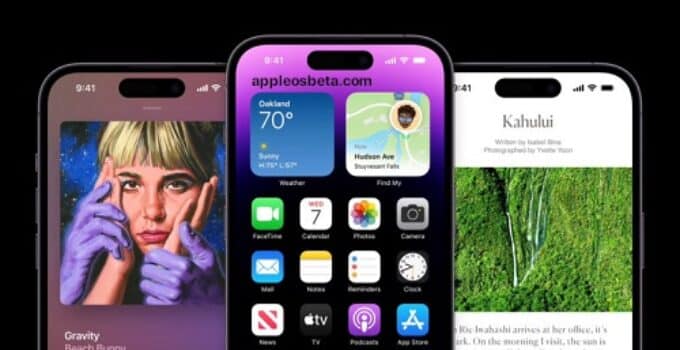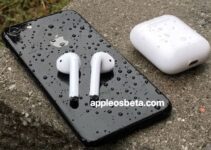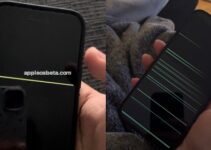Apple’s request to Samsung for the iPhone 14 Pro Dynamic Island. To create the iPhone 14 Pro display with the pill-shaped cutout at the top, Apple requested Samsung to use a more advanced manufacturing method that would protect the surrounding screen from possible damage and loss of image quality, according to The Elec.
The failed strategy on iPhone 14 Plus will change the one on iPhone 15
The iPhone 14 Pro and iPhone 14 Pro Max are the first Apple smartphones to feature a cutout directly inside the display, unlike other iPhones which have a notch that protrudes downward from the top bezel. The Elec says Apple asked Samsung to use additional inkjet equipment when manufacturing its Dynamic Island displays, to create the cutout while preserving the surrounding OLED panel.

To create the cutout inside the display, Samsung needs to drill the pill-shaped hole directly inside the OLED panel, but doing so exists the possibility that the pixels and surrounding panels could be damaged and, if so, exposed to humidity and other problems. To prevent possible exposure to moisture and oxygen, the report says Samsung built a system to separate the pill-shaped cutout from surrounding pixels.
Samsung Display used inkjet equipment to build a “dam” separating the hole from the rest of the area after making thin-film encapsulation and touch electrodes in the OLED range of the iPhone 14 Pro and to flatten the areas with uneven heights. Samsung Display was able to do this process using a laser rather than inkjet equipment, but Apple preferred the inkjet method which has since actually been used.
Samsung has extensive experience manufacturing displays, including those with internal cutouts. Several of the company’s smartphones feature single-punch cutouts that house the front-facing camera. With the iPhone 14 Pro, however, Apple has taken special care to ensure that cropping does not interfere with surrounding pixels and degrade image quality.
The Elec says LG Display, Apple’s other screen supplier, also used the same method for its batch of iPhone 14 Pro and iPhone 14 Pro Max displays.



